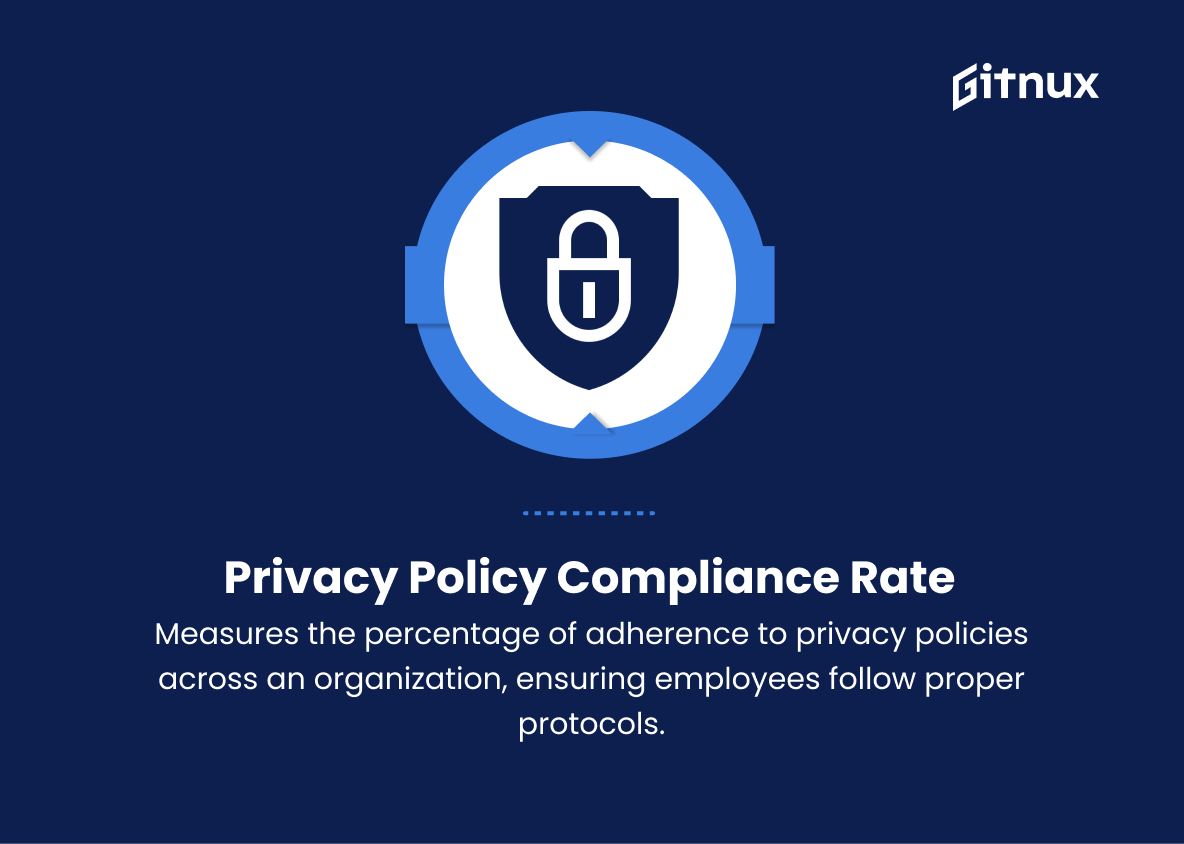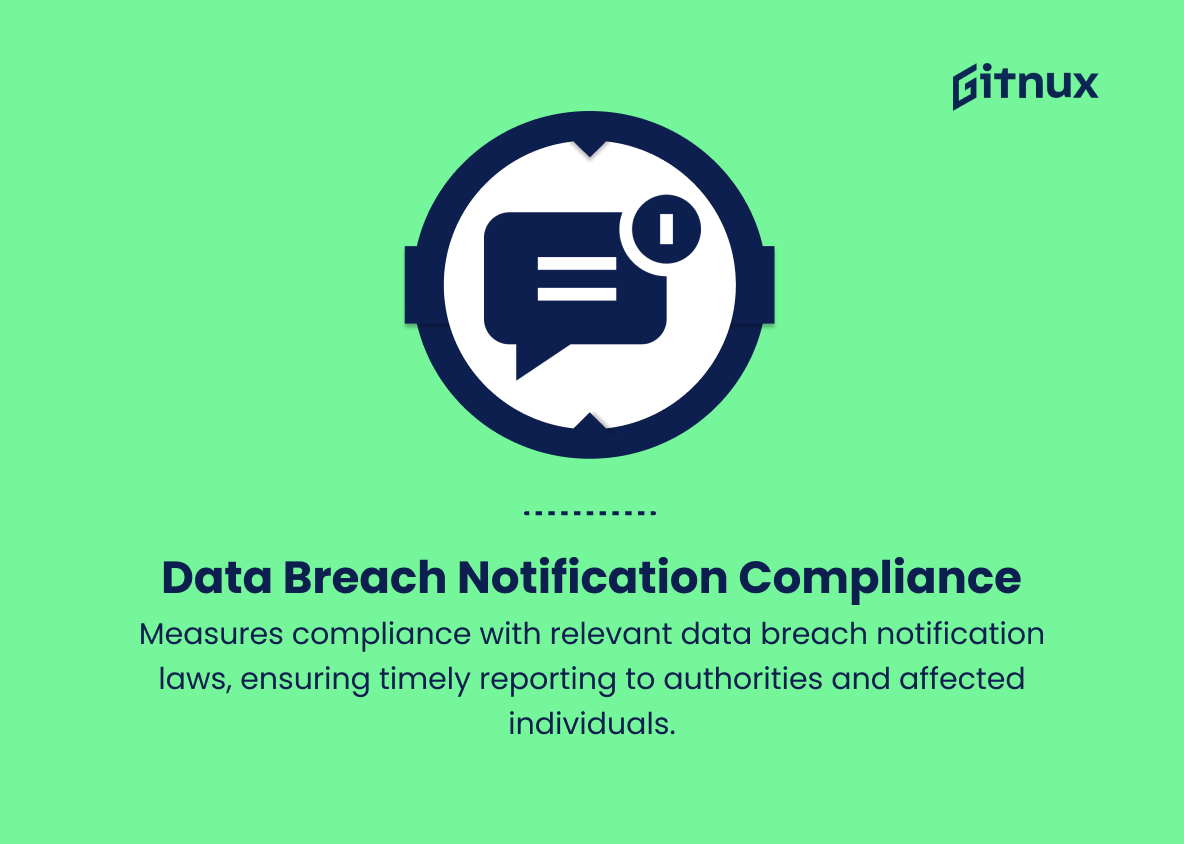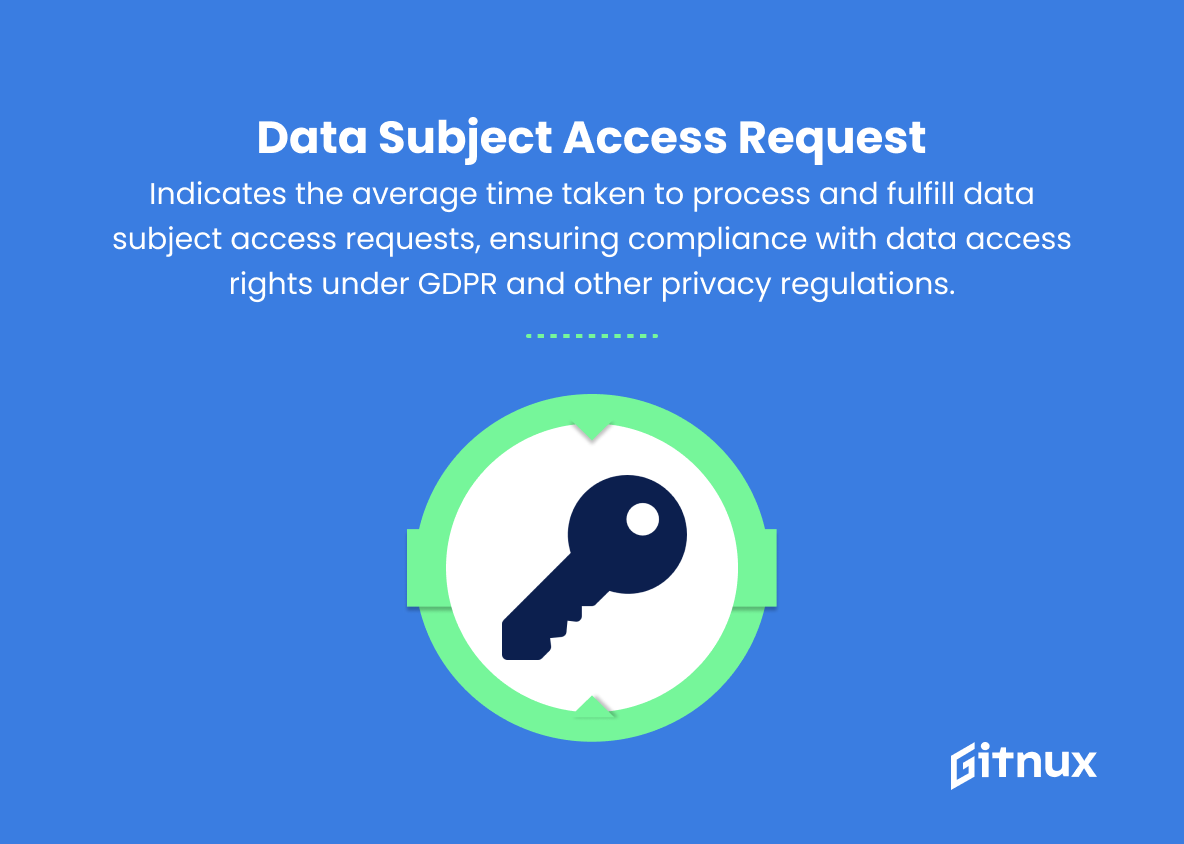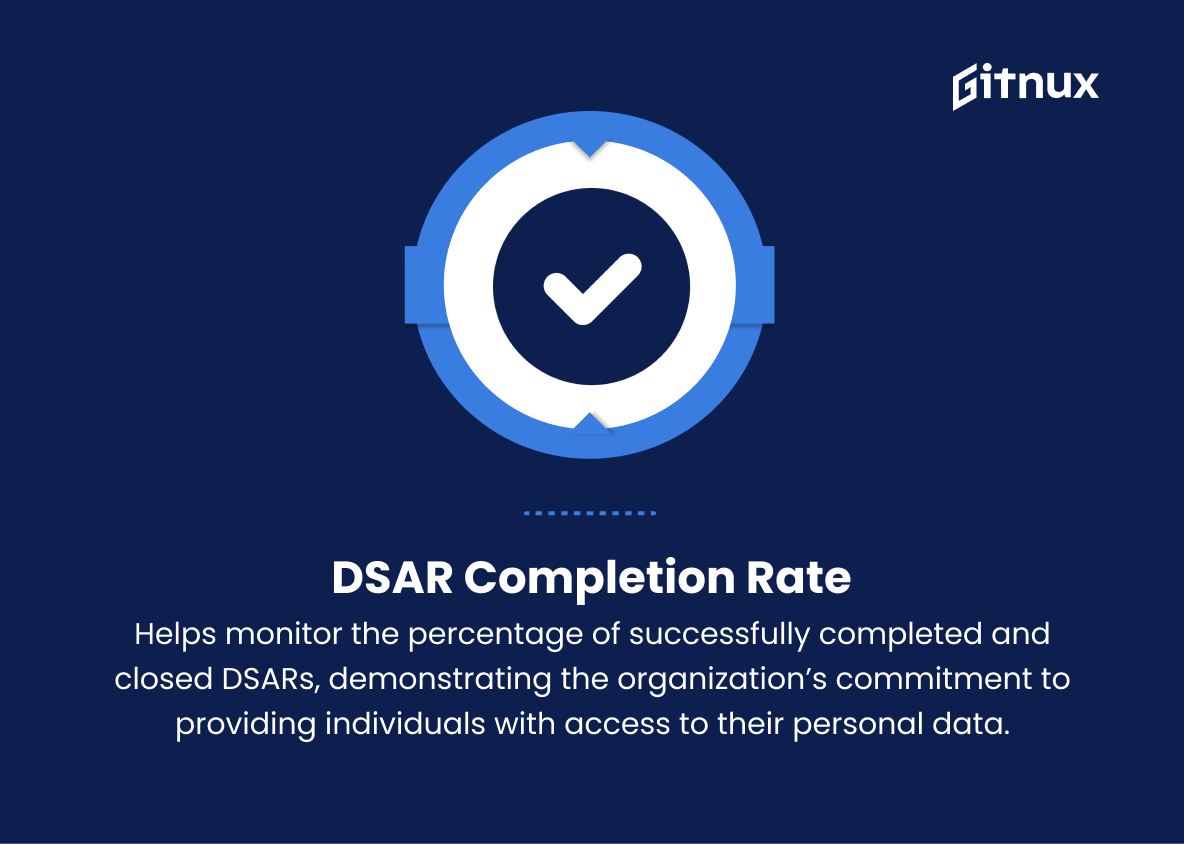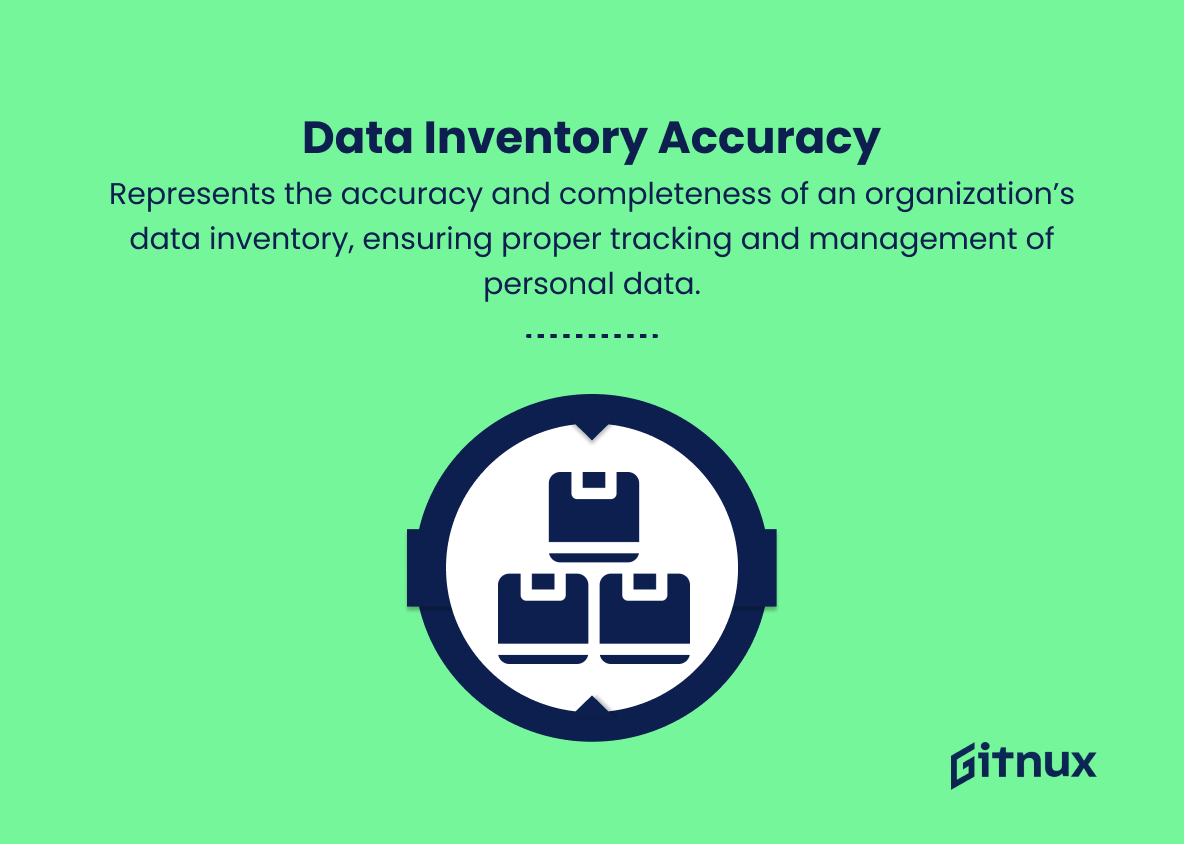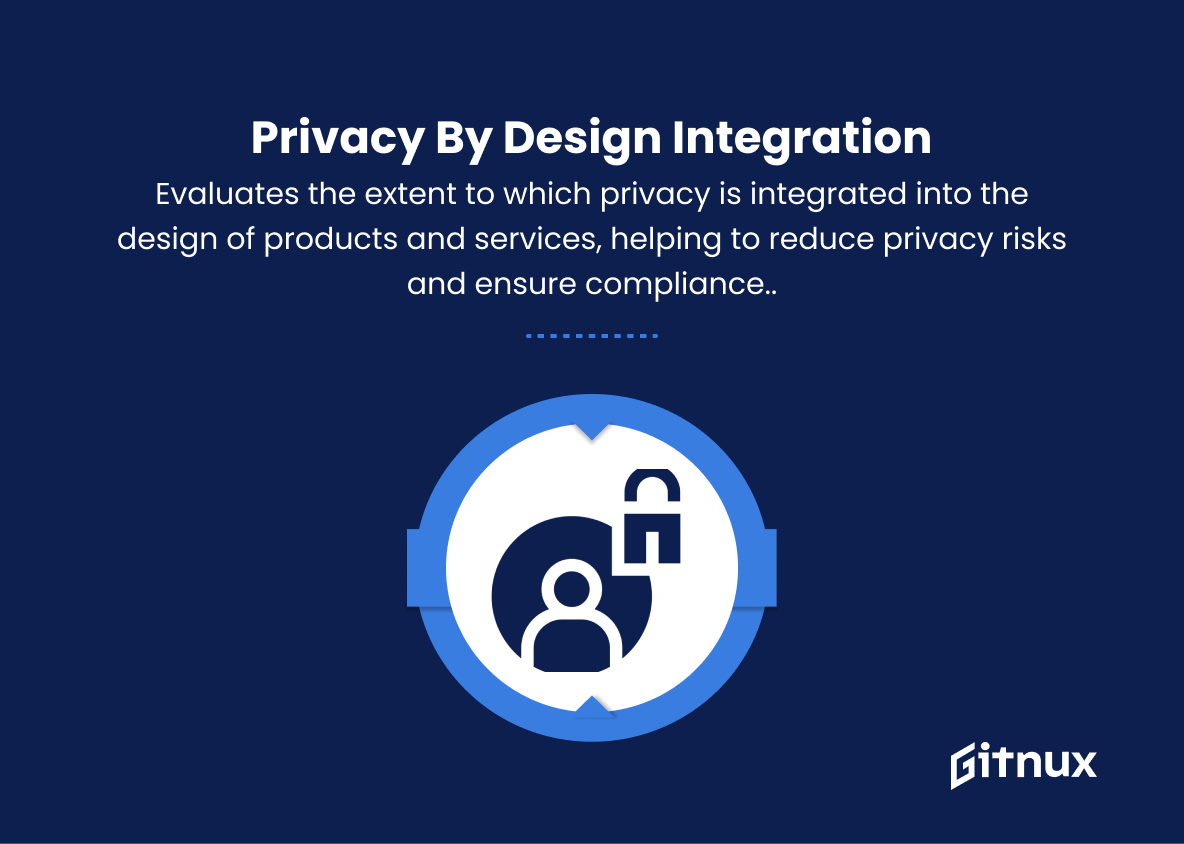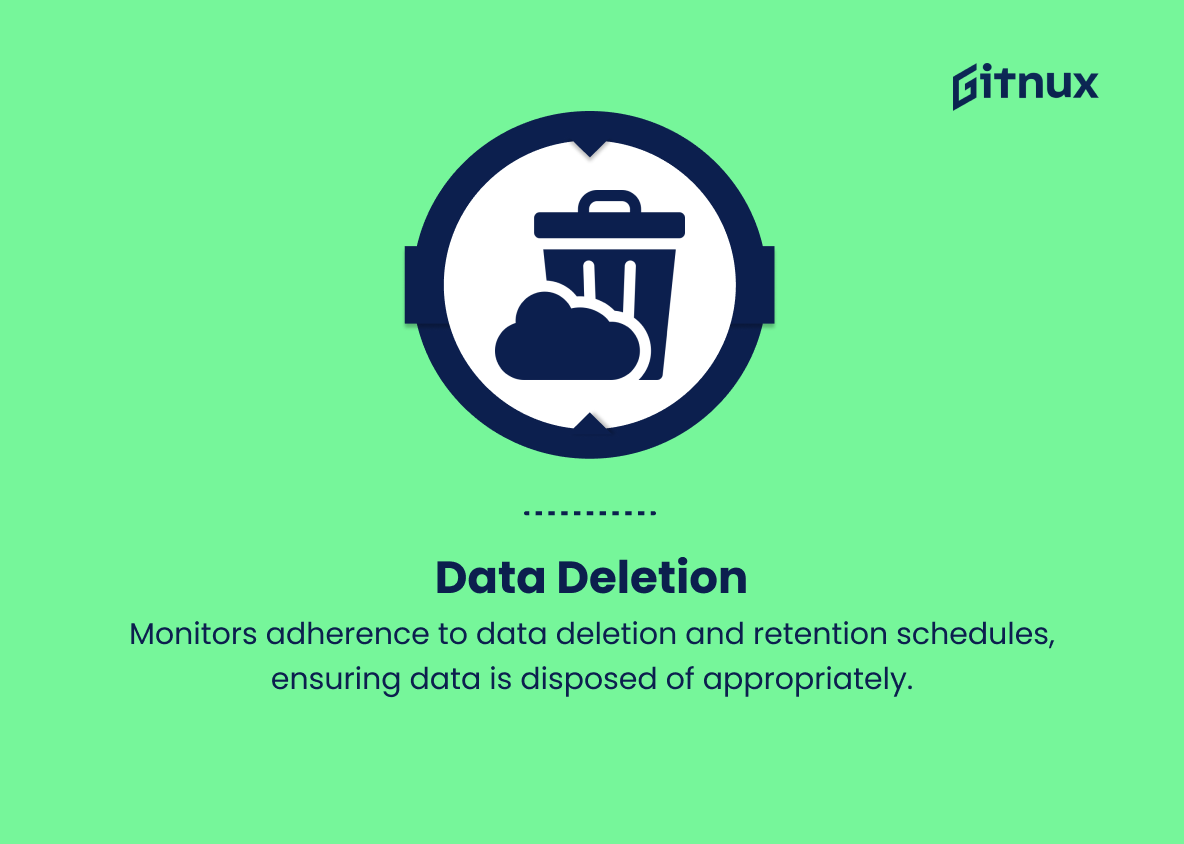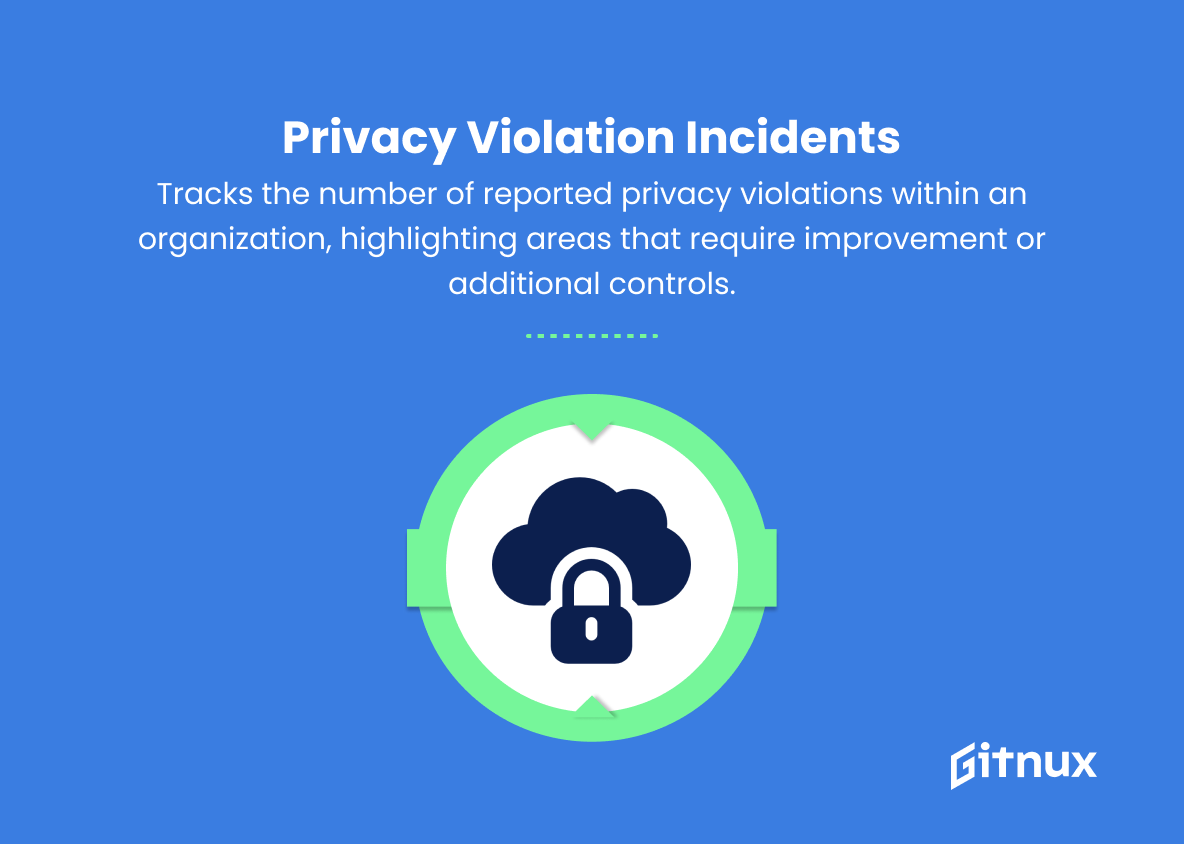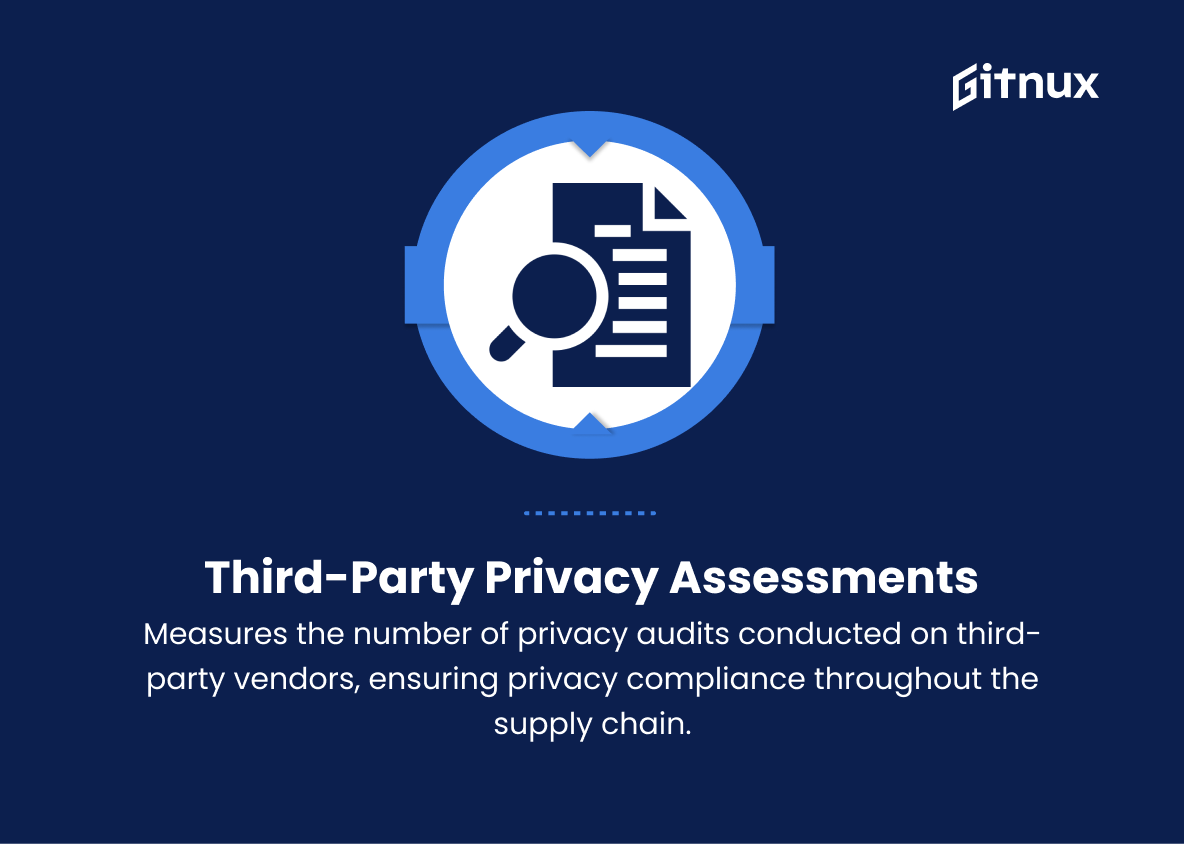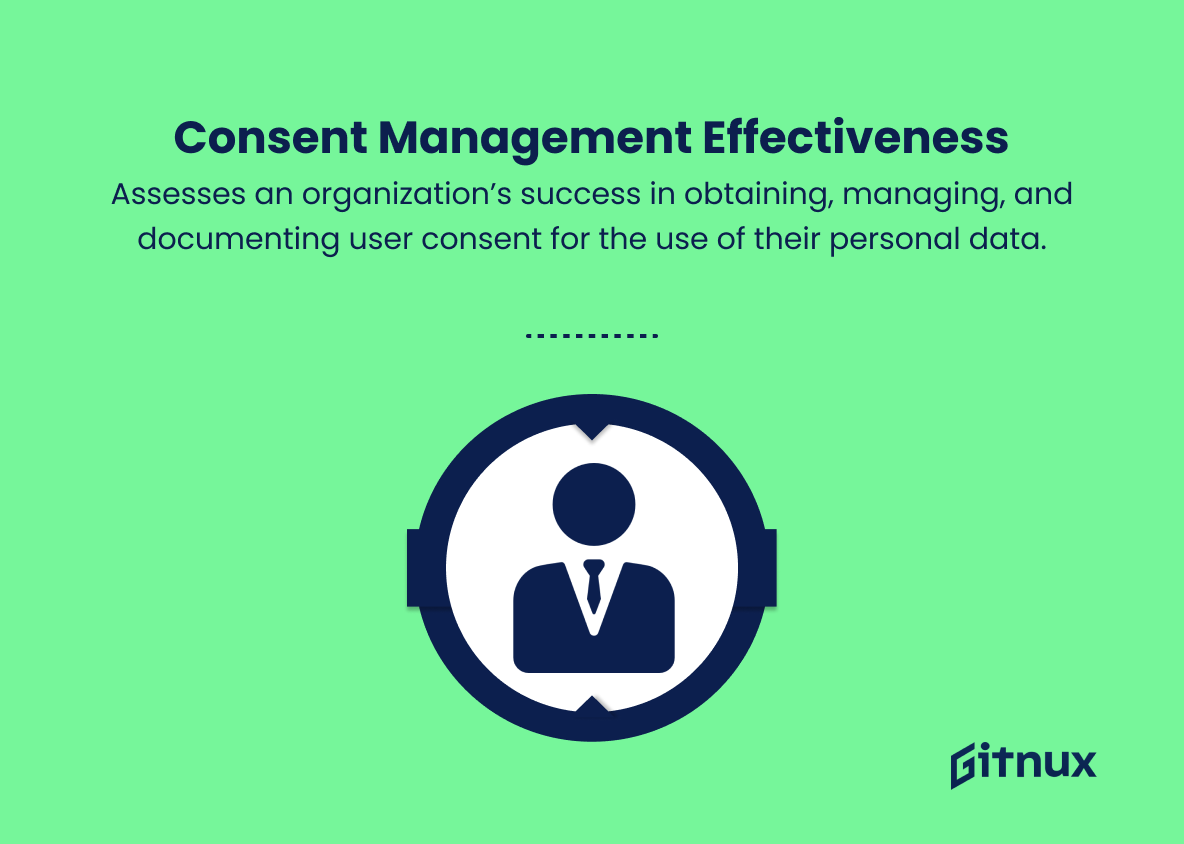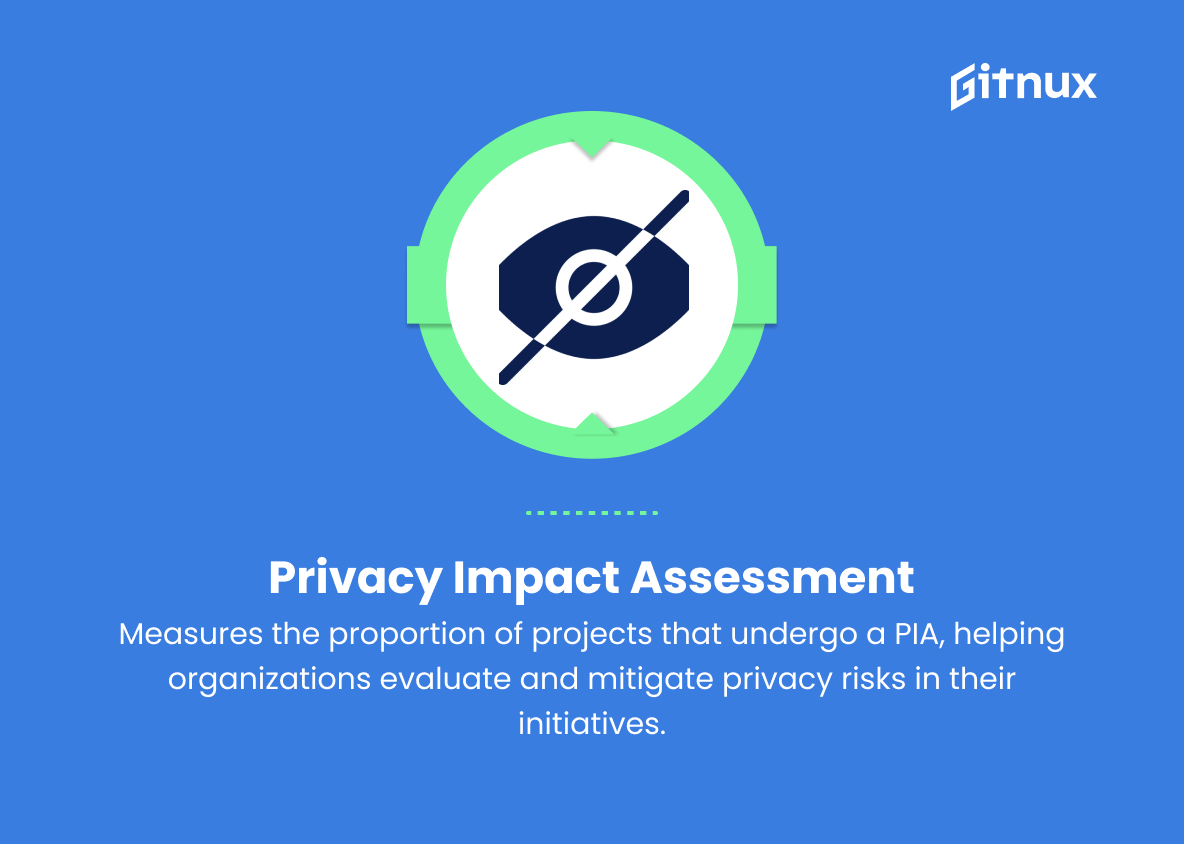In today’s world of rapidly evolving technology and ever-increasing internet usage, concerns about the protection of personal information and data privacy have risen to the forefront of public consciousness. As organizations continue to collect, store, process, and share vast amounts of sensitive information, the importance of implementing robust privacy programs cannot be overstated. In this era of mounting data breaches and heightened regulatory requirements, organizations must not only prioritize privacy, but also diligently measure the effectiveness of their privacy programs through the use of privacy metrics.
In this blog post, we delve into the key aspects of privacy program metrics, their significance in managing privacy risks, and how they can be an essential tool for businesses striving to achieve compliance and maintain the trust of their customers and partners. So, fasten your seatbelts as we navigate through the world of privacy program metrics and uncover the strategic insights they can provide in bolstering your organization’s privacy posture.
Privacy Program Metrics You Should Know
1. Privacy policy compliance rate
Measures the percentage of adherence to privacy policies across an organization, ensuring employees follow proper protocols.
2. Privacy awareness training completion rate
Indicates the percentage of employees who have completed privacy awareness training, demonstrating increased knowledge of privacy practices.
3. Privacy risk assessment coverage
Assesses the proportion of systems, processes, and third parties that undergo privacy risk assessments, helping organizations identify potential vulnerabilities.
4. Data breach response time
racks the average time taken to respond to a data breach, emphasizing the need for swift and appropriate action.
5. Data breach notification compliance
Measures compliance with relevant data breach notification laws, ensuring timely reporting to authorities and affected individuals.
6. Data subject access request (DSAR) processing time
Indicates the average time taken to process and fulfill data subject access requests, ensuring compliance with data access rights under GDPR and other privacy regulations.
7. DSAR completion rate
Helps monitor the percentage of successfully completed and closed DSARs, demonstrating the organization’s commitment to providing individuals with access to their personal data.
8. Data inventory accuracy
Represents the accuracy and completeness of an organization’s data inventory, ensuring proper tracking and management of personal data.
9. Data minimization effectiveness
Measures the organization’s success in collecting, processing, and storing the minimum amount of personal data necessary for its intended purpose.
10. Privacy by design integration
Evaluates the extent to which privacy is integrated into the design of products and services, helping to reduce privacy risks and ensure compliance.
11. Data deletion/retention policy compliance
Monitors adherence to data deletion and retention schedules, ensuring data is disposed of appropriately.
12. Privacy violation incidents
Tracks the number of reported privacy violations within an organization, highlighting areas that require improvement or additional controls.
13. Third-party privacy assessments
Measures the number of privacy audits conducted on third-party vendors, ensuring privacy compliance throughout the supply chain.
14. Consent management effectiveness
Assesses an organization’s success in obtaining, managing, and documenting user consent for the use of their personal data.
15. Privacy impact assessment (PIA) coverage
Measures the proportion of projects that undergo a PIA, helping organizations evaluate and mitigate privacy risks in their initiatives.
Privacy Program Metrics Explained
Privacy Program Metrics are vital in helping organizations monitor, evaluate, and improve their data privacy practices, ensuring compliance with relevant privacy laws and regulations. These metrics, such as privacy policy compliance rate, privacy awareness training completion rate, and privacy risk assessment coverage, help measure adherence to privacy policies, employee knowledge of privacy protocols, and identify potential vulnerabilities within systems and processes.
Metrics such as data breach response time, data breach notification compliance, and data subject access request processing time emphasize the importance of prompt and appropriate actions when dealing with data breaches and honoring individuals’ data access rights. Furthermore, metrics like data inventory accuracy, data minimization effectiveness, privacy by design integration, and data deletion/retention policy compliance ensure organizations manage and protect personal data effectively and in accordance with privacy guidelines.
Lastly, metrics like privacy violation incidents, third-party privacy assessments, consent management effectiveness, and privacy impact assessment coverage shed light on an organization’s ability to address privacy risks, monitor third-party compliance, and evaluate its overall privacy strategy. Together, these metrics play a crucial role in maintaining a robust and compliant privacy program.
Conclusion
In today’s digital age, privacy has become an indispensable aspect of any successful organization. Privacy program metrics serve as vital tools to monitor, assess, and enhance privacy efforts, enabling organizations to safeguard sensitive data and maintain trust with customers, employees, and stakeholders. By identifying the key metrics, tailoring them to the organization’s unique needs, and integrating them into an ongoing monitoring process, businesses can proactively address privacy risks and foster a culture of continuous improvement.
As privacy regulations continue to evolve and public awareness around data protection grows, implementing effective privacy program metrics is no longer optional but imperative. Establishing and maintaining a robust privacy program will not only ensure compliance with global regulations but also provide a competitive advantage in the market. Ultimately, a meticulous focus on privacy metrics helps secure an organization’s reputation, foster customer trust, and build a brighter future in an increasingly interconnected world.
